I prototipi funzionali di ABB Robotics

Fonte: ultimaker.com
By replacing traditional production methods with in-house solutions, 3D printing gives businesses around the world the opportunity to save time and money. ABB Robotics turned to the Ultimaker 2 Extended+ for making prototype fingers for their robot YuMi, bringing new opportunities to the company.
ABB Robotics is a global leader in power and automation technologies. The company develops industrial robots for any kind of application in the automotive, electronics and manufacturing industry. They focus on efficiency and productivity improvement while minimizing environmental impact. Since innovation is a key aspect of their business, prototyping is an important facet. Guillaume Pradels is co-developer of YuMi, a collaborative industrial robot designed to work alongside humans.
From Weeks to Hours
Compared to the traditional aluminium fingers, which were very costly and took about 5 weeks for each iteration, the 3D printed designs cost almost nothing and took about an hour to create.
YuMi is dedicated to small parts assembly and is designed to grab, pick and place parts and do insertions. For different parts, YuMi needs different shapes of fingers, which requires generating multiple prototypes. The development of the prototype fingers was previously done in-house and for the actual making of the prototypes, ABB traditionally relied on external providers. This was taking a lot of time and money, Guillaume says, so they started to search for alternatives.
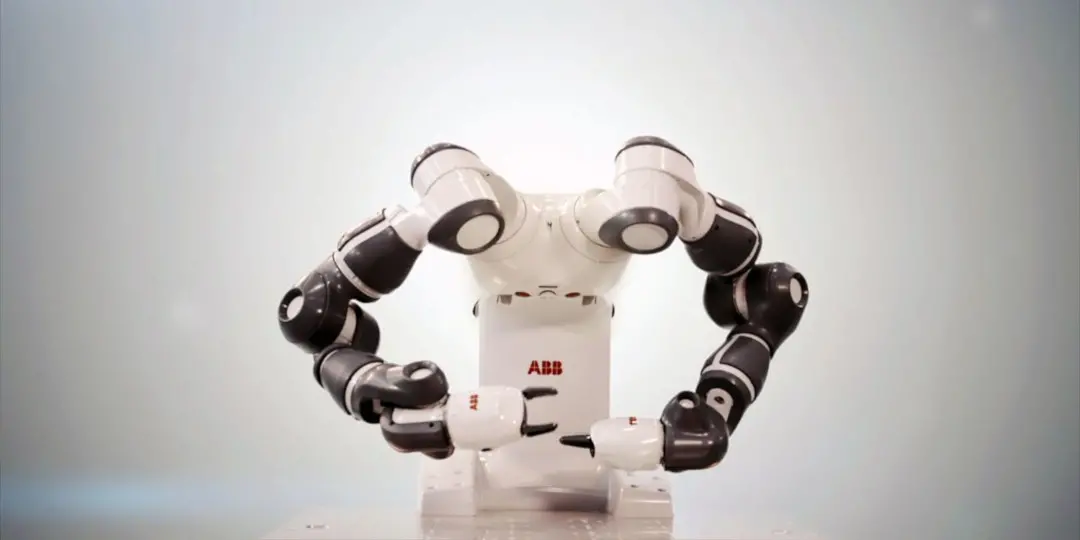
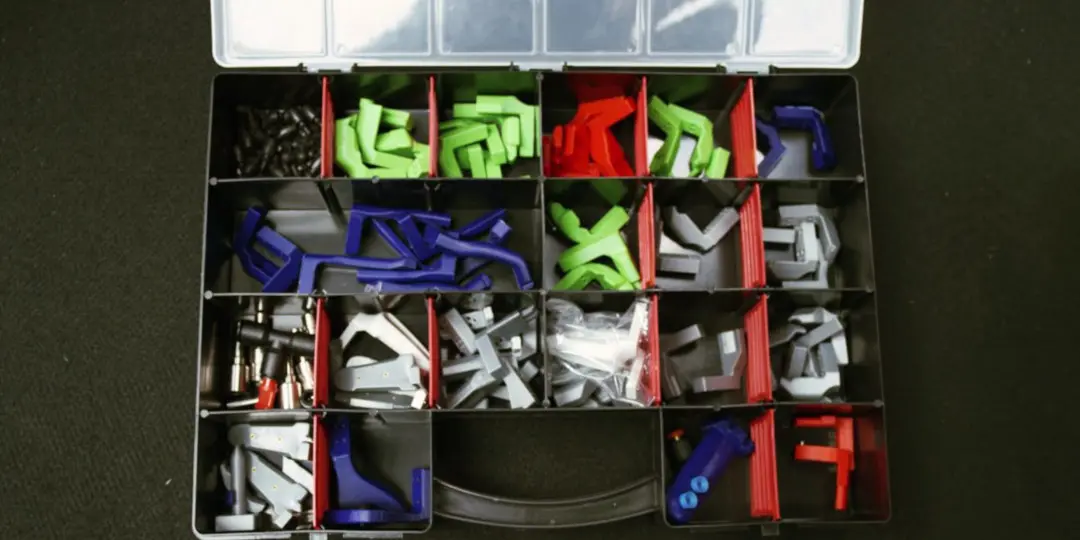
When Guillaume brought up the idea of 3D printing at ABB, people were skeptical at first. They were used to applying traditional prototypes made out of metal for their robots, and the idea of replacing these with plastic ones was not welcomed very warmly. Guillaume, who has always been interested in 3D printing, decided to take a design model to a fair to have it 3D printed there. After an hour, the model was printed. When he brought it back to the office, his coworkers were quickly swayed as they saw the result.
Traditional Manufacturing VS 3D Printing
Compared to the traditional aluminium fingers, which were very costly and took about 5 weeks for each iteration, the 3D printed designs cost almost nothing and took about an hour to create. When his colleagues could hold the actual result in their hands and see the quality of the print, they were convinced that 3D printing was a solution.
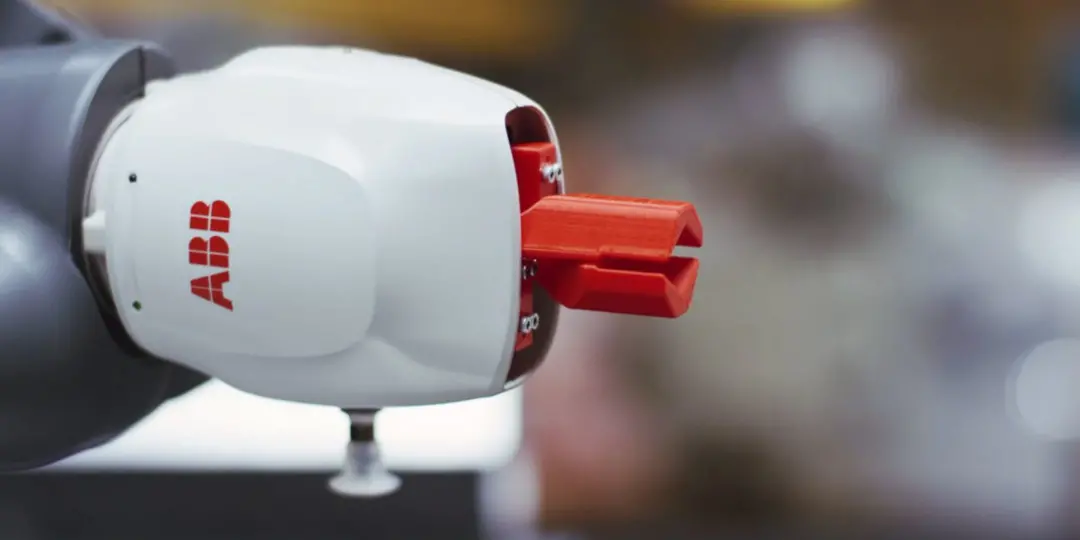
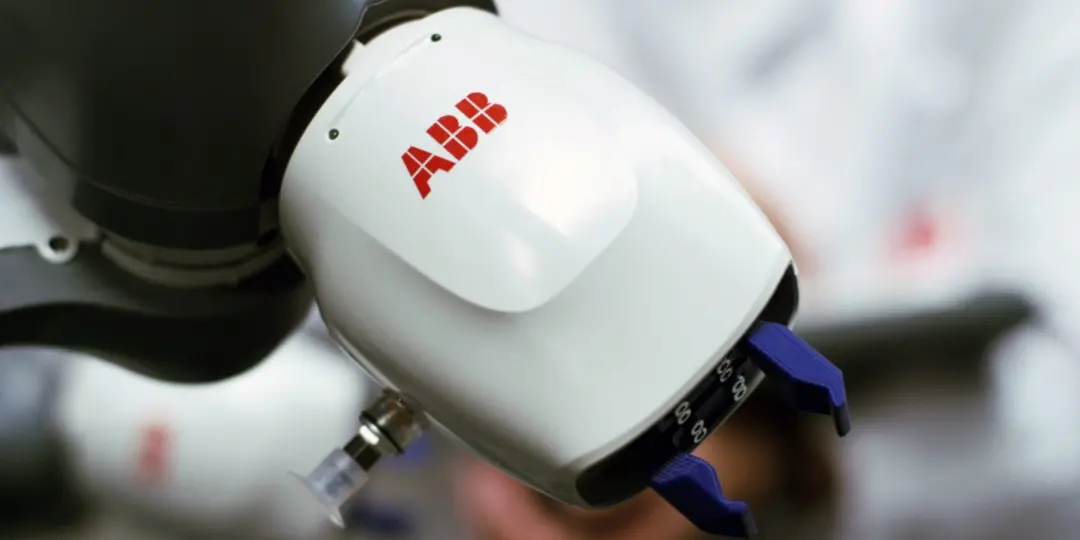
By printing the fingers in-house, ABB speeds up the whole process from several weeks to just a few days as printing only takes a couple of hours. Guillaume remarks:
As new designs can now be printed from a desktop without having to pass all the stages of ordering and delivery, we save a lot of time and money. We can do a lot more tests that we wouldn’t be able to do without the 3D printing solution.
Since he first brought up the idea of using 3D printing in his department, other people at ABB have started to look into the possibilities of prototyping and manufacturing in-house.
Nella stessa categoria
- Krones: componenti e pezzi di ricambio ottimizzati e stampati in 3D per i clienti, ovunque
- La stampa 3D nel settore farmaceutico
- Tre Zeta Group – Stampa 3D per il settore calzaturiero
- Angelini Pharma: dalla ricerca alla produzione di farmaci personalizzati grazie alla stampa 3D
- Nissan implementa maschere e dispositivi di montaggio stampati in 3D nelle linee di assemblaggio
Correlati dai Tag
- Krones: componenti e pezzi di ricambio ottimizzati e stampati in 3D per i clienti, ovunque
- La stampa 3D per la realizzazione di matrici per la piegatura di lamiere metalliche
- Bambu Lab X1E: la stampa 3D multifilamento nelle applicazioni industriali
- La stampa 3D per il settore Education e le discipline STEM: l’esperienza del FabLab Poliba
- Raise3D annuncia il lancio della soluzione DF2 al Formnext
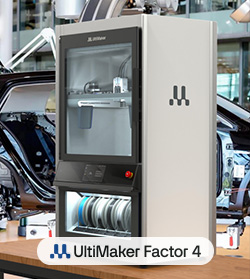






Lascia un commento